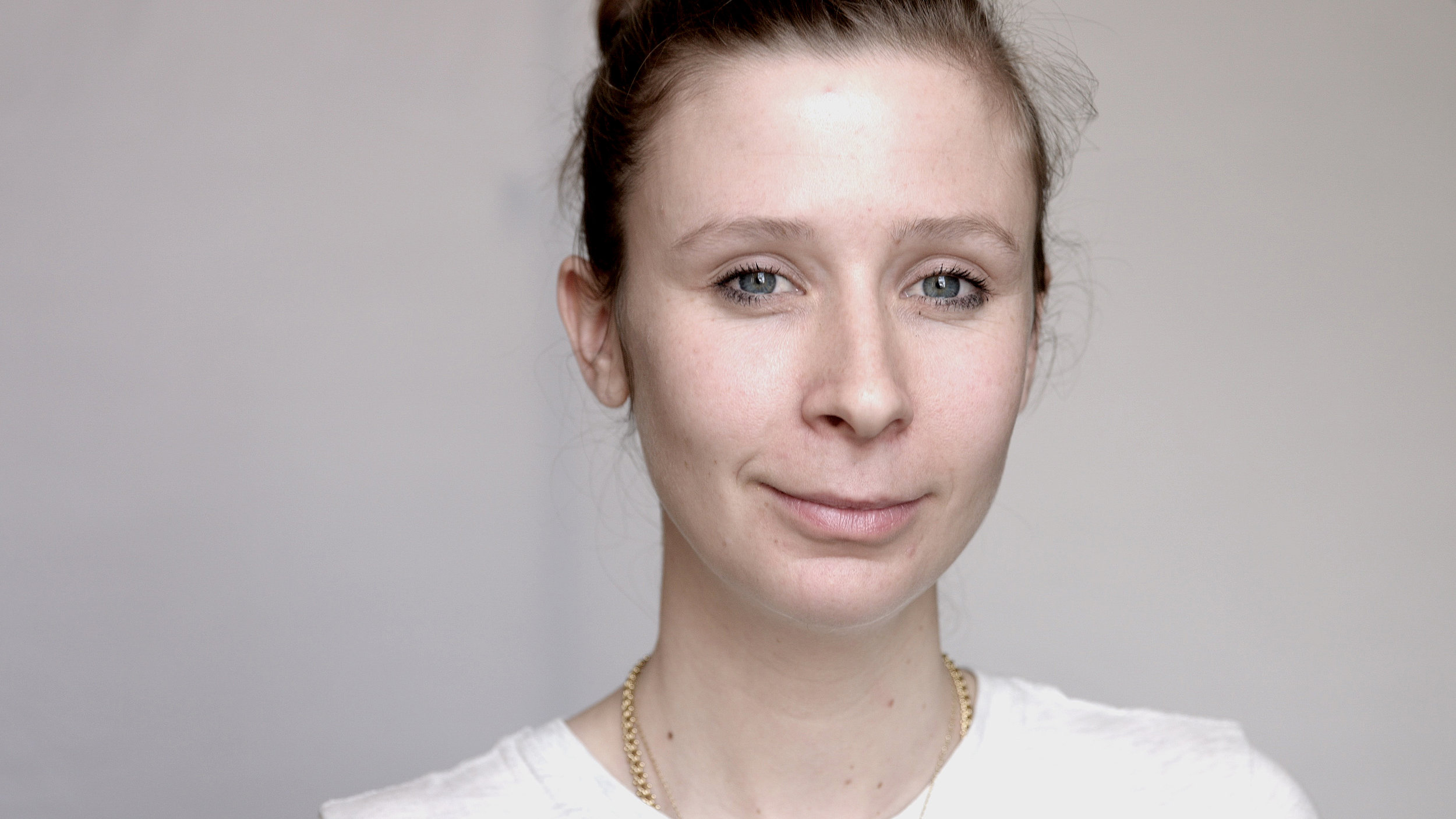We met artist and curator Alex Sloane – Curatorial Assistant at MoMA PS1 – and spoke about their Sunday Sessions live performance series, and how art museums have become living spaces for community and conversation
Art Matters
Alex Sloane
We met artist and curator Alex Sloane – Curatorial Assistant at MoMA PS1 – and spoke about their Sunday Sessions live performance series, and how art museums have become living spaces for community and conversation
| CONTRIBUTORS |
| Photos: Jesper Bøjlund |
| Interview: Nate Budzinski |
You went from art school to running an artists space in NYC then to MoMA PS1 – tell us a bit about how that trajectory from artist to curator started?
I view curating as a creative practice, a form of art making in and of itself. To that end, my trajectory from art school to founding an artist-run space to working at MoMA PS1 was the natural route for me.
My role at MoMA PS1 has grown in the four and a half years that I have been here but the focus remains on live programming and specifically organising the annual Sunday Sessions. The number of people focused on the curation and production of live performance has grown substantially in the time that I have been at MoMA PS1, a signal both of the importance of performance, in all its facets, to contemporary practice but also an indication of its critical role in this institution. I have recently been doing research in the archives on performances from the 1970s and 80s at P.S. 1 Contemporary Art Center – as MoMA PS1 was formerly known – and it is phenomenal to be working around such a rich history. Many artists who have gone on to be very well known had their first opportunities at P.S. 1 under founding director Alanna Heiss. It is a legacy that continues today, and Sunday Sessions provides a unique platform for young artists not yet established enough to have a full exhibition in the building to present their work at a major institution for the first time and for established names to experiment with ideas that go beyond the boundaries of their more commercial or well-known work.
Tell us about Sunday Sessions, what they try and do that’s unique and special in NY, and how your vision for it took shape, and what you see in the future for the series.
Sunday Sessions brings together artistic practices that blur and break traditional genre boundaries and invites artists, curators, and other cultural instigators to share their latest projects within the context of one program. Embracing performance, music, dance, conversations, and moving images, Sunday Sessions is like no other program in the city that I am aware of in fully embracing such a varied program on an almost weekly basis.
Sunday Sessions is now in its fifth full season, and I have watched it grow not only into a notable fixture in the New York art scene but one which retains the ability to adapt and react to the pace of our current moment in a way that exhibitions, which by necessity have to have a longer preparation period, cannot often achieve. Taking place in our geodesic VW Dome, which itself has become a cultural landmark, Sunday Sessions includes up to 30 events in a season and, this year alone, features over 40 visual artists, performers, musicians, scholars and designers. It is the breadth and range of the programs that enable the series to remain constantly surprising, innovative, and extremely stimulating to be a part of. In the space of a few weeks, you can be working on formal lecture program, working with an international choreographer presenting a traveling work, producing a major concert, premiering a group program with young New York based artists, and presenting an original commission. Over the years there have been many highlights, Marten Spangberg’s “La Substance, But in English”, Ragnar Kjartsansson’s “A Lot of Sorrow”, Mette Ingvartsen’s “69 Positions” and our recent series “Between 0 and 1: Remixing Gender, Technology and Music”, to name but a few.
As I look back at this season and see the themes of gender, race, class, identity, and the engagement of local New York City artist and communities, I see these themes as an undercurrent linking the programs together.
““Clubs can be a place of nurturing for those who feel at odds with the status quo. It is a role that has largely been taken over by the internet, but which remains a space for creativity and expression.””
Between 0 And 1 taps into a very powerful current in music: identity and how it relates to sociality, especially through collective events like gigs and nightclubs. How does that sociality translate or change when placed into the Sunday Sessions context – any surprises that you found along the way?
On one of the Sundays, Honey Dijon commented that she “abhorred the mainstream”. The statement came during her conversation with Terre Thaemlitz and Juliana Huxtable as part of Between 0 and 1 and about a week after a conversation she had with Bill Kouligas, Taja Cheek, and I, where she said that she never expected that anyone, let alone a contemporary art institution, would be interested in her story. At the time Taja, Bill, and I looked at her in surprise and answered that of course we are interested. We, together with curator Jenny Schlenzka, had invited her to speak about her history and journey as an African American trans-woman immersed in NY nightlife culture so naturally we, along with a rapt audience, were all eager to hear her speak. Yet the reality is that Honey did not find her space in mainstream institutions and it has taken 20 years for her story to be fully embraced by broader culture. She would not be where she is today without the community and camaraderie that she found in the club scene. Nightlife provides a platform for non-conformist identities to emerge and for creativity to be fostered outside of heteronormative cultural spheres.
Clubs can be a place of nurturing for those who feel at odds with the status quo. It is a role that has largely been taken over by the internet, but which remains a space for creativity and expression. I hope that contemporary institutions can similarly bring people together and foster new work and community ties.
Being in an institution usually means, by default, that you are no longer on the outside, that you have, for better or worse, been institutionalised. One of the strengths of Sunday Sessions and MoMA PS1 as a whole is its ability to push against historical notions of what an institution is and bring together both artists and their communities who may have previously avoided bastions of mainstream culture.
Putting Between 0 And 1 in the context of contemporary America, where there’s an ascendant voice given to people who reject the identity politics that Between 0 And 1 might represent to them: what do you hope the February series achieves more widely?
Contemporary art institutions should be places of ideas, community and conversation, and museums themselves are no longer just places to display the wealth of the past, they are living spaces.
The current political climate is too focused on exclusion and regression. When we first conceived of Between 0 and 1, we did not imagine the world in which the series would ultimately be presented. Yet, its ideas and core objectives have not changed. This series, for me, is not an example of a resistant or a reactive stance, rather it is shows that pluralism remains at the forefront of our contemporary cultural identity and that now, more than ever, we need to come together.







